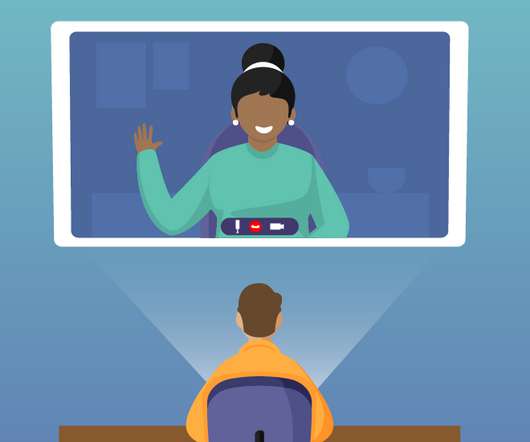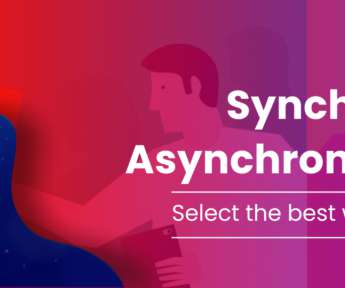Synchronous vs Asynchronous Learning: Which is Right for your Learners?
LearnUpon
OCTOBER 18, 2018
Whether learning a new skill or completing mandatory training, you need to decide whether synchronous vs asynchronous learning is the most effective way to support your learners. Depending on the learning objective, learners can benefit from both synchronous and asynchronous learning. Instant messaging.







































Let's personalize your content